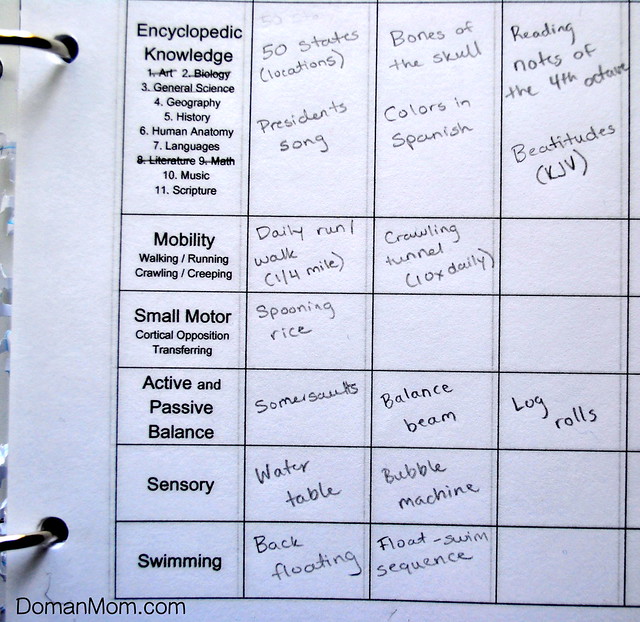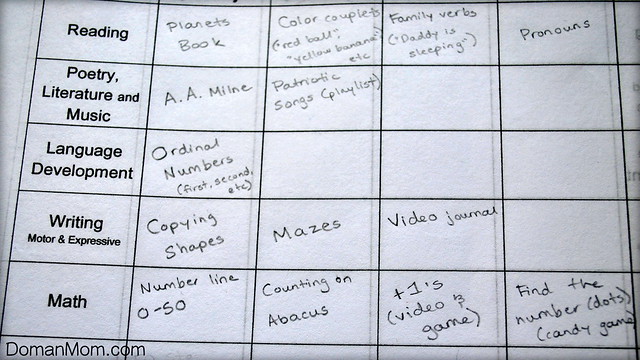Are floatation aids helpful or counterproductive in teaching your child how to swim?
Arm band "floaties", bodysuits with built-in floatation pads or rings around the chest, waist, or arms, jackets, straps, noodles, seats, pads. The products abound.
All of these items
artificially keep your child afloat in the water and many times tout names such as "swim trainer", "learn to swim", "swim school", "swim instructor", and more.
But do these products really help teach your child how to swim?
Doman says no. Why?
"They prevent the brain from receiving real information about the water environment. Floatation devices create an artificial environment. The baby's brain only receives information about breathing, balance, coordination, tactility, etc., based upon the influence of a floatation device."
Learning
any physical skill is simply the process of
your brain receiving sensory input from the environment. Your brain then processes that sensory input and sends signals to different parts of your body to adjust, coordinate, move, and compensate in order to achieve the desired action or movement. Eventually, with enough sensory input and practice, your brain will have mastered how to maneuver in the desired way in that specific environment.
Floatation devices create a
fake environment. With the floatation aid:
- The child is held up by the device (obviously, because that is its purpose) so their brain does not receive the information about how to hold themselves up in the water (swim by themselves)
- Since the child is being held up by the aid, all the child needs to do in order to move about in the water ("swim") is kick or wiggle their legs in any random motion. The arms are not even necessary with the floatation aid (and they are very necessary in actual swimming), and the leg movements they learn to use are random, sporadic, and will be completely ineffective in actual swimming. They learn the wrong motions and build non-functional habits.
When you use floatation devices,
you are actually wiring your child's brain with the wrong information.
This is not only a waste of time since the time in the water with floatation aids
didn't actually teach your child anything about swimming, but it is actually disadvantageous because
your child has built wrong habits, and it is much harder to break a bad habit than it is to just start from scratch and learn something new.
And who wants to do that?

Images via products on
Amazon.com
Don't buy into the hype about "learn to swim" aids.
Do you know what do you need to teach your child how to swim?
A safe, clean body of water, a loving parent, and
a little insight on some simple techniques. And, well, a child.
End of list.
Please note: this post is about swim lessons and teaching your child how to swim while in a safe environment, not about safety devices and their appropriate use. You and your child should always wear a coast-guard approved life jacket when boating or participating in similar water sports and activities, no matter how well any one of you can swim.





